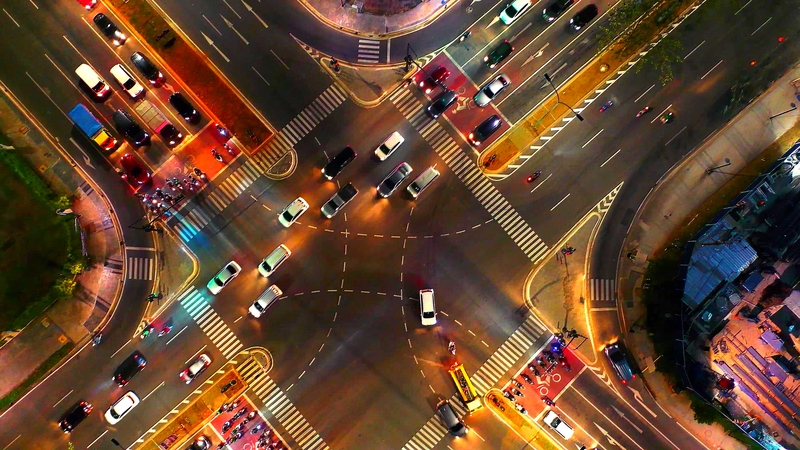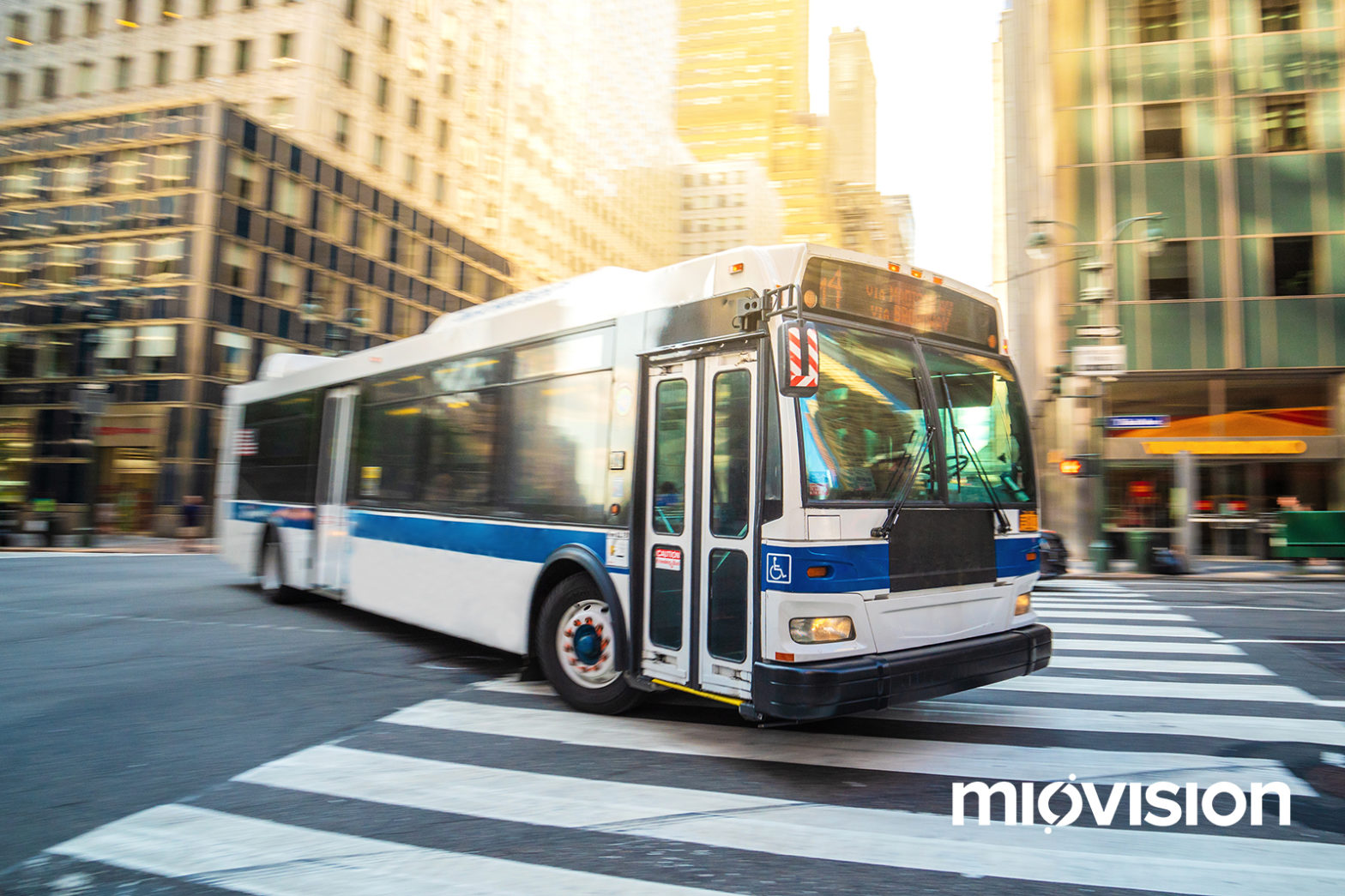
Taking a network perspective
14 March 2023
by: Kurtis McBride, CEO, Miovision
While I don’t always make predictions for the coming year, I believe 2023 will be a significant year for urban mobility. Specifically, I think this will be the year traffic engineers shift their focus from troublesome intersections or corridors and begin to focus on network-level challenges – and solutions.
For decades, traffic engineering has focused primarily on moving vehicles – getting cars and trucks through urban corridors as quickly and efficiently as possible. In the absence of data, citizen complaints helped identify troublesome intersections or corridors for attention. Limited funding meant that countermeasures needed to be triaged, so congested streets with lots of citizen complaints got the most attention.
But, the discipline is quickly changing.

As more people move to urban areas, transportation policy has shifted focus from moving vehicles to moving people. That means encouraging space efficient – and environmentally friendly – modes like walking, cycling and transit. More and more, cities are adopting initiatives to encourage active transportation and committing to keeping streets safe for all users via Complete Street and Vision Zero approaches.
Urban areas are also starting to look at the impact transportation has on global issues like climate change and are looking for ways to reduce the negative environmental impact of urban transportation.
These policy challenges all require network-level approaches – measuring and managing multimodal traffic over the entire traffic network. You can’t address GHG emissions over a few corridors, or address safety by triaging a few intersections with higher-than expected levels of accidents. To succeed, active transportation, vision zero or GHG reduction efforts require taking a complete traffic network approach to traffic management.
While the policy goals are pushing traffic engineers and planners to take a network approach, funding hasn’t quite caught up yet. While a lot of new funding has been announced, I’m still not seeing the kind of funding cities and towns need to properly measure, manage and optimise traffic across their entire network. That remains a gap, but I’m confident that – as broader policy measures shift to actual, tangible plans – this is an issue that will be raised and addressed. I do predict it will be a significant conversation in our industry over 2023.
One solution could be to connect the collection of rich traffic data – and insights – to public policy goals. What gets measured, improves, and if cities and towns want to make it easier for people to walk, cycle or take transit they need data to see if initiatives are working. Otherwise, it’s hard to tell if busy bike lanes are actually displacing car trips or just represent growing leisure activity. Funding for projects to encourage walking, cycling and transit could – and should – include funding for data collection to see if they actually are having the desired impact.
To sum it up, I predict that, in 2023:
- Traffic engineering and planning will shift from an intersection and corridor focus to a network focus, driven by broader policy shifts aimed at encouraging efficient modes and keeping all road users safe.
- Funding mechanisms for network-scale deployments will lag and 2023 will see an active discussion on how to turn policy goals into actionable projects.
- Tying measured results to funding could enable cities to make data-driven decisions and result in more impactful projects – ensuring convenient, efficient and safe urban mobility.
Looking forward to seeing progress in 2023!







